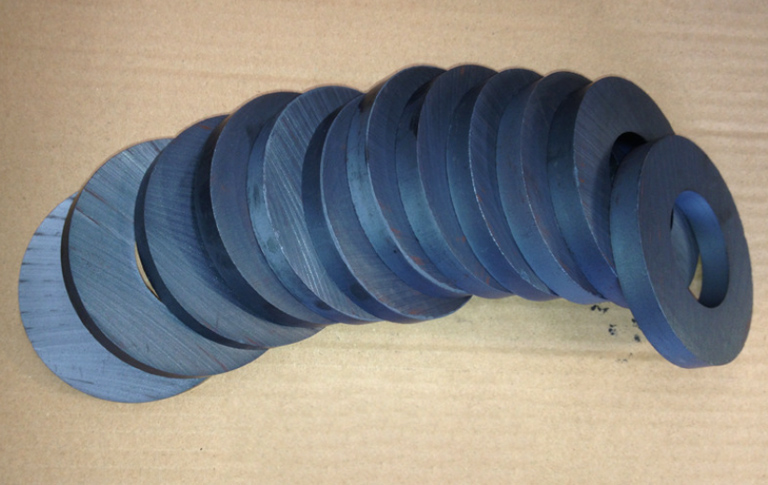Loudspeaker is an indispensable part of our daily life, whether it is listening to music and watching movies at home, or enjoying music performances in public places, loudspeakers play an important role. In the design and manufacture of speakers, magnets, as one of the core components, have a crucial impact on their performance. This article will introduce how the size and quality of magnets affects the performance of speakers, and why bigger magnets usually make better speakers.
Large (big) Speaker Ring Magnets

The effect of magnet size on speaker performance
Bigger magnet usually means a stronger magnetic field, which helps to improve a speaker's power handling. A strong magnetic field can drive the voice coil more efficiently, generating greater amplitude, which improves volume and low-frequency response. This is especially important for speakers that require high volume output and deep bass, such as home theater and professional audio equipment.
Sensitivity is the efficiency with which a speaker converts electrical energy into sound energy. Larger magnets provide greater magnetic flux density, and voice coils generate more force at the same current, making the speaker more sensitive. This means that for the same input power, the speaker is able to produce a louder sound, saving energy while providing better sound.
Larger magnet provides a more stable and even magnetic field, making the voice coil's movement more precise and linear, reducing distortion. Especially in the high and mid-frequency ranges, the stability of the magnetic field is critical to the clarity and detail of the sound quality. In addition, a strong magnetic field also helps to extend the frequency response range of the speaker, enabling it to better reproduce sounds at different frequencies.
Larger magnets typically have better thermal stability and mechanical strength, which means they are able to maintain stable performance at high power outputs and over long periods of use. This is especially important for speakers that need to work continuously for long periods of time or in harsh environments, such as outdoor audio and car audio systems.
While it is true that larger magnets can improve speaker performance in some ways, this is not the only factor in designing a quality speaker. Good loudspeaker design requires consideration of a number of factors and finding the optimum balance between them. In practice, magnet size should be determined by specific design objectives, cost considerations and intended use.
Introduction to speaker magnets;
Alnico vs ferrite magnets in speakers
Why do large speakers rarely use neodymium magnets material?
Reasons why tweeter magnets are larger than full-range speaker magnets
 China Neodymium And Ferrite Magnets Manufacturer & Supplier
China Neodymium And Ferrite Magnets Manufacturer & Supplier 


